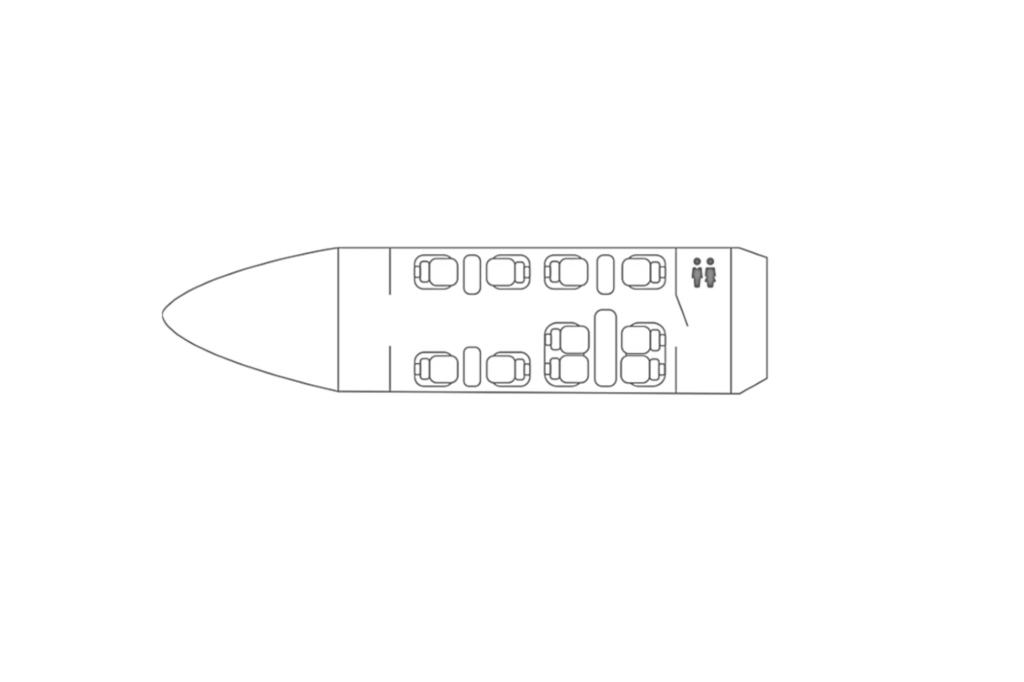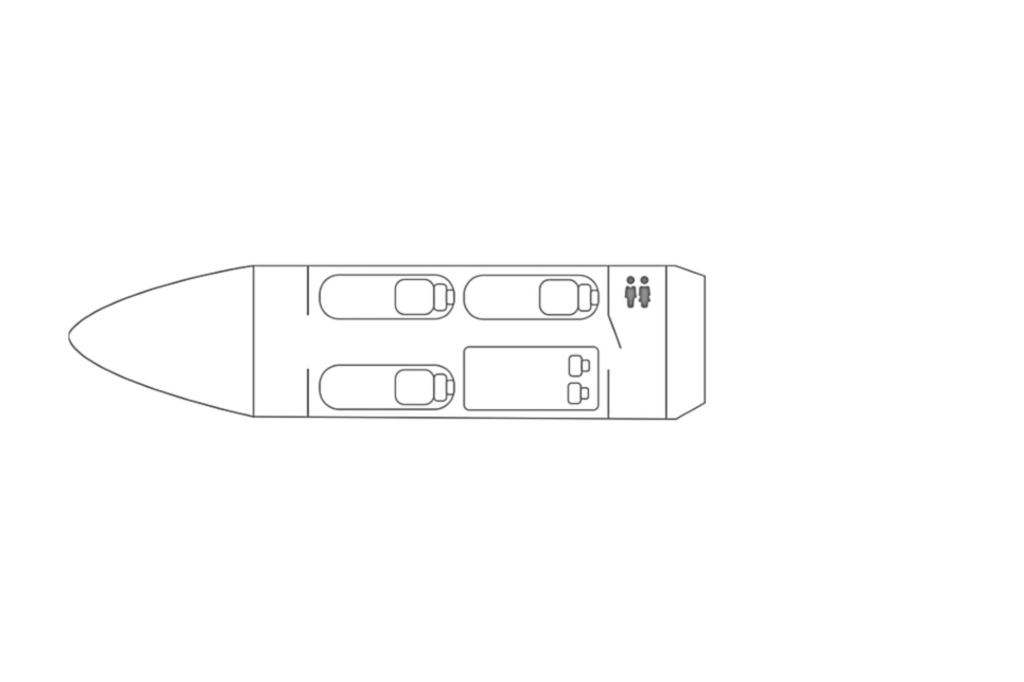The Dassault Falcon 2000, a transcontinental twin-engine business jet launched by Dassault Aviation in 1995, quickly established itself as a leading large-cabin jet in the global market. The Falcon 2000EX, which received certification in 2003, continues the legacy of the original Falcon 2000 with improved engines and state-of-the-art avionics.
At its introduction, the Falcon 2000 was notable for its extended range within its category, delivering superior comfort for passengers. The Falcon 2000EX, powered by two Pratt & Whitney PW308C engines, surpasses its predecessor with an expanded fuel capacity, offering a range of up to 3,878 nautical miles and a high-speed cruise of 482 knots. This performance allows for non-stop flights between cities such as London and Dubai or New York and Los Angeles. Although the 2000EX is not approved for steep approaches at airports like London City, later models, including the 2000S and 2000LXS, are capable of operating at central London airports.
The cockpit of the Falcon 2000EX is equipped with the Collins Pro Line 4 avionics suite, the Honeywell EASy system, Allied Signal GNS-XES flight management, Collins TWR-850 Doppler weather radar, and a dual-channel Integrated Avionics Processor System. These advanced technologies facilitate efficient fault detection and diagnostics, simplifying both piloting and maintenance.
While a limited number of Falcon 2000EX jets are configured to seat up to 12 passengers, the majority are arranged for eight to twelve passengers, making them well-suited for charter operations. The aircraft also features a generous baggage compartment capable of holding up to 12 suitcases, ensuring ample storage space for passengers’ luggage along with additional room for carry-on items.


